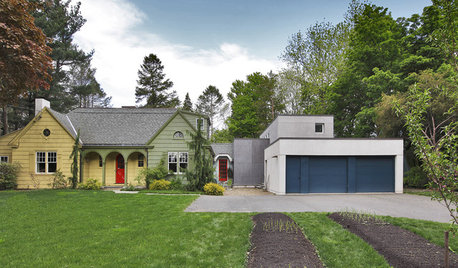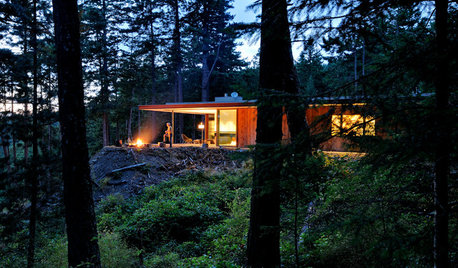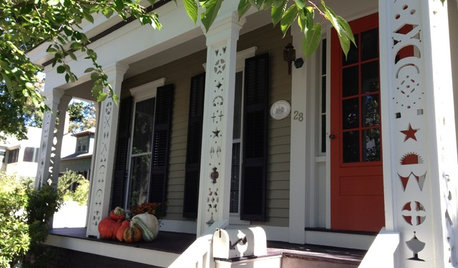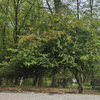Photos of Old Growth Forest on East Coast
Pamchesbay
15 years ago
Related Stories

LIVING ROOMSRoom of the Day: East Coast Preppy Meets West Coast Cool
A living room designed for entertaining goes bicoastal with a look that’s equal parts sophisticated and casual
Full Story
MY HOUZZMy Houzz: Classic East Coast Style in Maryland
Collected vintage finds, clean furnishings and European touches are highlights of a couple's bright and airy 1923 house
Full Story
STUDIOS AND WORKSHOPSStudio Tour: Spaciousness Serves an East Coast Artist
A bold, modern studio addition to a traditional Connecticut home offers a sculptor enough room to let creativity run free
Full Story
HOUZZ TOURSHouzz Tour: An East Coast Cottage Look in Los Angeles
Traditional Eastern Seaboard style takes root in a new LEED Gold home in Southern California
Full Story
HOUZZ TOURSHouzz Tour: Just What Mom Wanted, Off the Washington Coast
With an art studio, age-in-place features and a view-maximizing design, this home shows just how well the architect knows his client
Full Story
ECLECTIC HOMESHouzz Tour: Color and Light on the Sussex Coast
In England, bright accents and coastal light lift a rural Victorian interior redesigned for better flow
Full Story
HOUZZ TOURSMy Houzz: Contemporary Camp Style Wows on the U.S. West Coast
Guest cabins, a barn for parties and a spacious communal bathroom make a couple's coastal home an entertaining dream
Full Story
HOUZZ TOURSMy Houzz: A Relaxed Retro Feel on the Australian Coast
A spacious 1970s beach house gets a colorful retro makeover with vintage finds
Full Story
HOUZZ TVHouzz TV: This Dream Midcentury Home in a Forest Even Has Its Own Train
Original wood ceilings, a cool layout and, yes, a quarter-scale train persuaded these homeowners to take a chance on a run-down property
Full Story
LIFEAge Is Just a Number: Houzzers’ Homes Old and New
Hear the stories behind homes ages 1 to 171, then share yours
Full Story






spruceman
PamchesbayOriginal Author
Related Discussions
East Coast hurricane status?
Q
How To Recreate Old Growth Forest
Q
Your experience with these roses (for hot & humid east coast climate)
Q
Saxifragas on the east coast - anyone?
Q
spruceman
wisconsitom
naturalstuff
PamchesbayOriginal Author
pineresin
wisconsitom
hankg_gw
hankg_gw
spruceman
wildlifeman
PamchesbayOriginal Author
spruceman
PamchesbayOriginal Author
ryan_tree
jqpublic
ryan_tree
spruceman
pineresin
mdvaden_of_oregon
PamchesbayOriginal Author
spruceman
klavier
spruceman
brandon7 TN_zone7
spruceman
wisconsitom
spruceman
bengz6westmd
spruceman
wisconsitom
bengz6westmd
sam_md
klavier